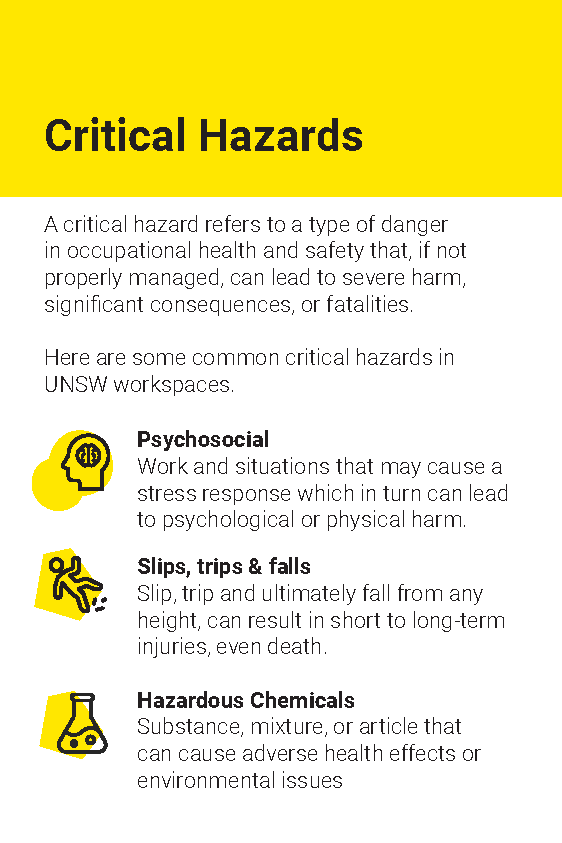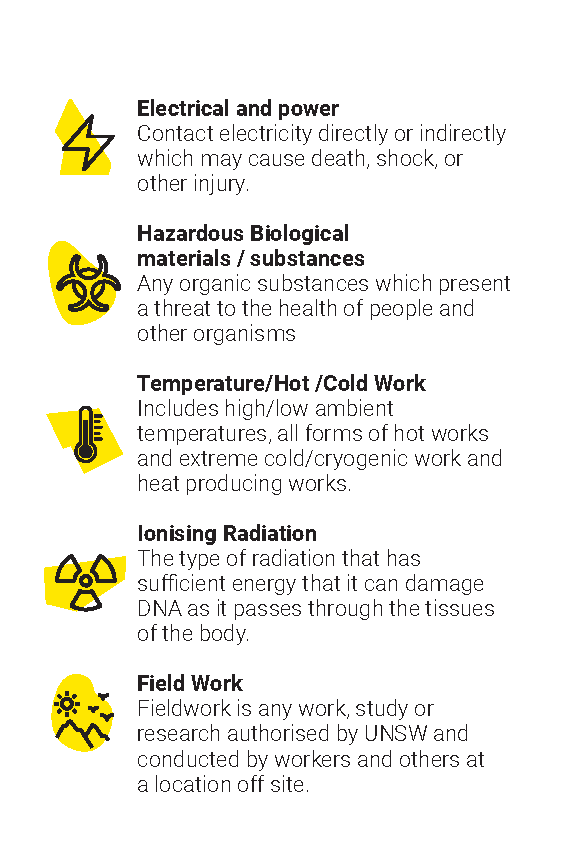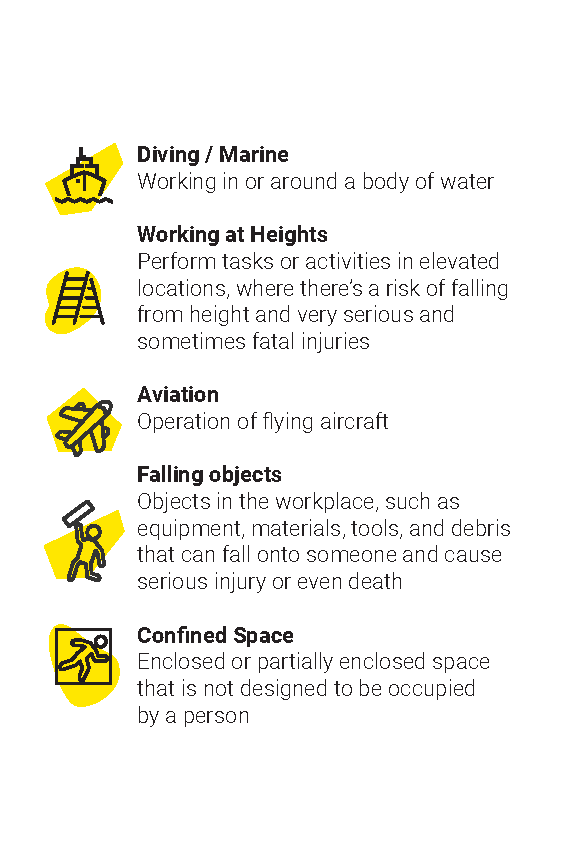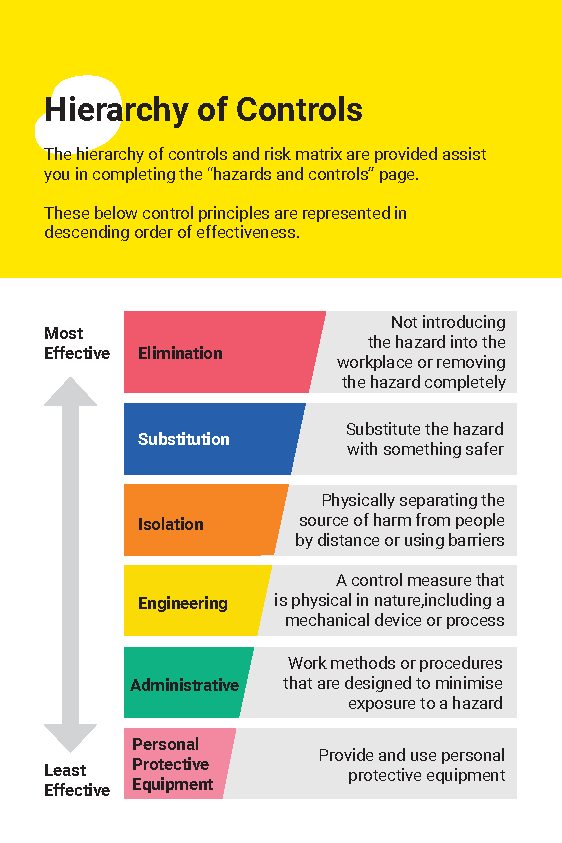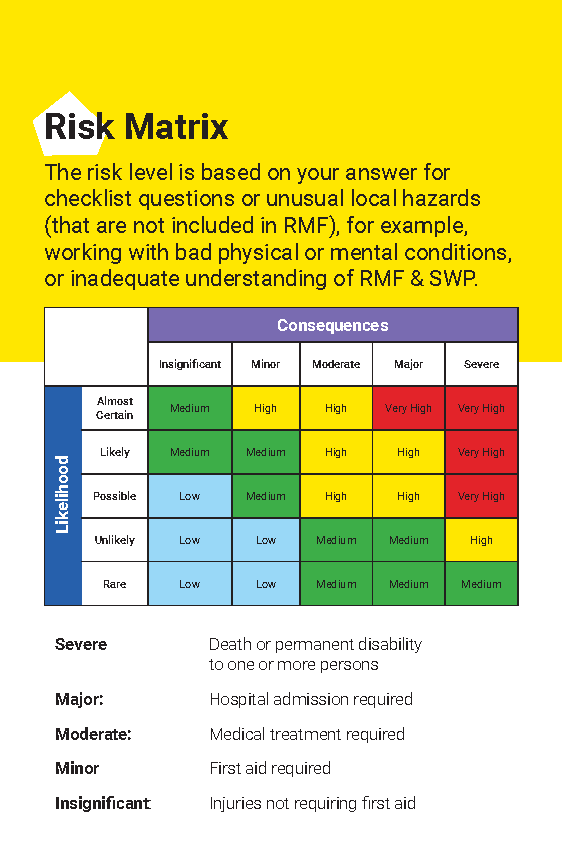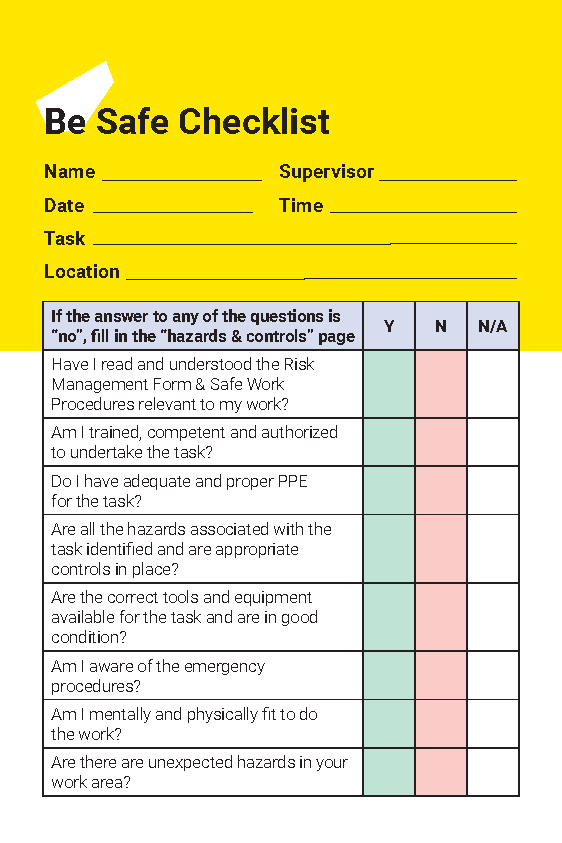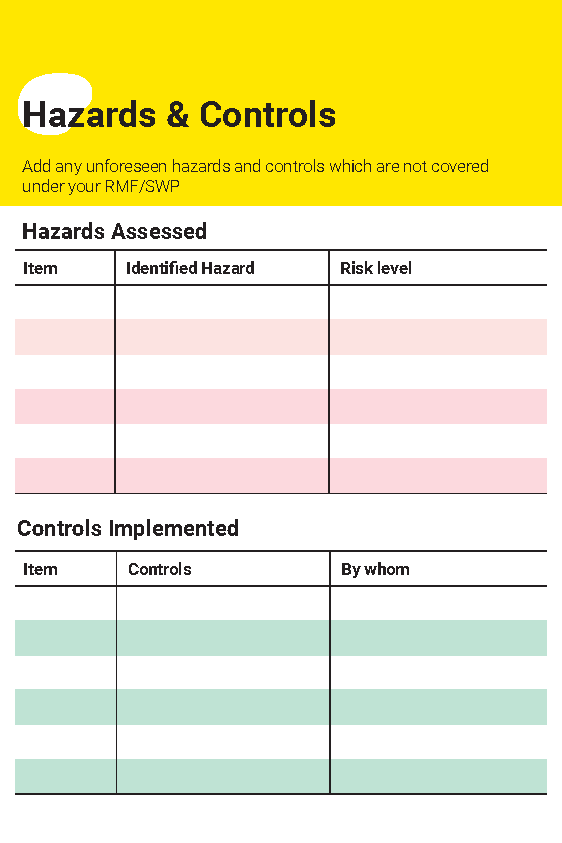2 Be Safe
Introducing the '2 Be Safe' program, a proactive methodology encouraging individuals to prioritize safety at UNSW. This initiative urges all individuals to take 2 minutes to quickly assess hazards and risks to ensure a safe environment. The program promotes quick risk considerations to maintain awareness of your immediate work environment and to complete work safely. By identifying and reporting hazards, '2 Be Safe' will enhances safety culture and awareness across all UNSW.

How do you complete ‘2 Be Safe’
To complete a 2 Be Safe checklist review the following steps:
- Stop & take 2 minutes for safety
- Think through the task ahead
- Identify hazards
- Assess hazards
- Control risks
Once the checklist is complete, safely proceed and complete task.
A ‘2 Be Safe’ checklist is required to be completed before any high-risk activities/task.
For common tasks, please complete a ‘2 Be Safe’ checklist once per week, or if work conditions have changed.
2 Be Safe Notepad Guidance
- Critical Hazards
- Hierarchy of Controls and Risk Matrix
- Checklist, Ad hoc Hazards & Controls
Critical Hazards
The top 13 critical hazards across UNSW are detailed in the pages on the ‘2 Be Safe’ notepad. The activities which involve the critical hazards have the biggest potential to harm our people, which could lead to serious injuries and even fatalities.
Identifying and managing critical hazards is crucial, review and familiar yourself with the critical hazards. If your task involves these hazards, ensure effective risk assessments, appropriate and adequate control measures, and emergency response plans are implemented to minimize the impact of critical hazards
A ‘2 Be Safe’ checklist is required to be completed before any high-risk activities/tasks that involve critical hazards and risks.
The Hierarchy of Controls
- Outlines the effective controls in decreasing order
- Provides an explanation of the control
The Risk Matrix
- Provides a guide for calculating likelihood and consequence of risk, and risk level
Both these tools will assist you in completing the ‘hazards and controls’ page
2 Be Safe Checklist
The checklist requires the participant to complete their details and the details of the task to be completed.
The questions will help you to identify any relevant permits, procedures or training that must be in place before commencing your work, as well as confirm your mental and physical conditions. The user should then tick the boxes corresponding with the questions under the Yes/No/NA column.
Look around your workplace and identify unusual hazards.
Ad hoc Hazards & Controls
If you identify any hazards based on the checklist, you should NOT proceed with your tasks. Instead, be sure to contact your supervisor and wait until the question has been addressed.
If there are any unforeseen hazards to be controlled, please complete the below page listing the identified hazard and risk level in the red section.
Next fill out the associated controls to be implemented in the green section below.

Together we can embrace a culture of Safety!
2 Be Safe is an invaluable procedure to follow to avoid accidents and injuries in the workplace. By taking the time to assess hazards and control them, we can create a safe environment for everyone at UNSW.

